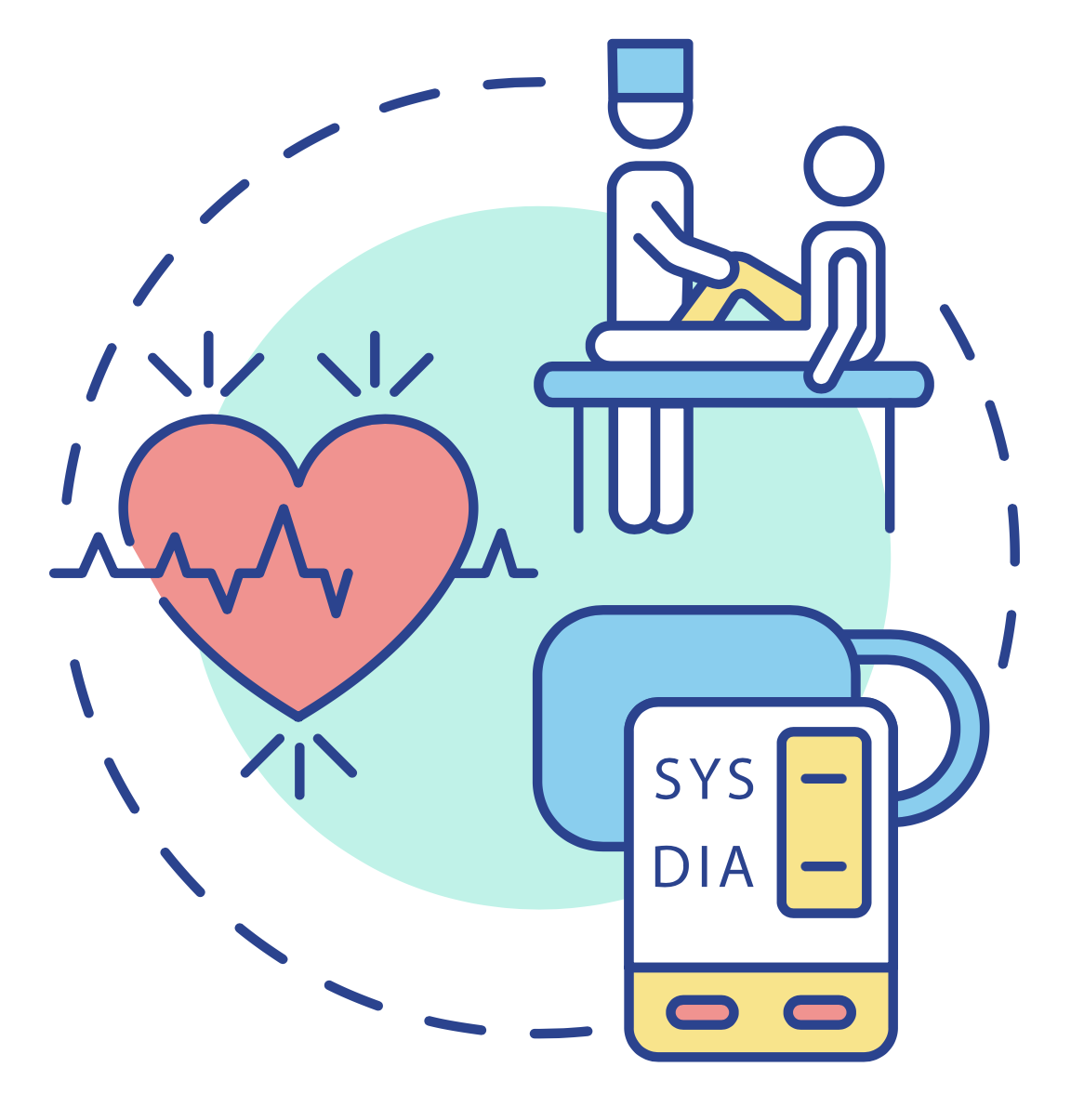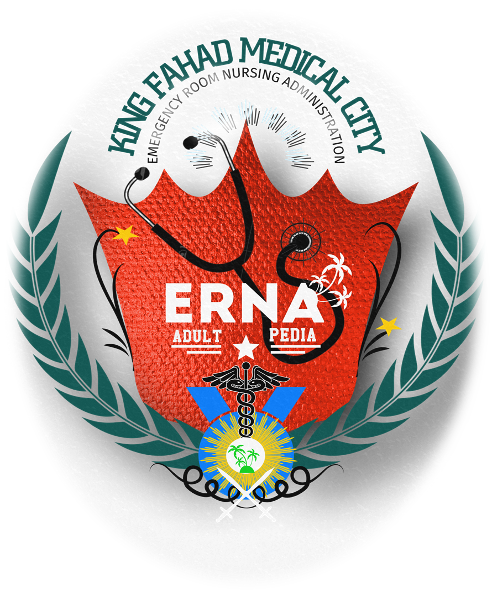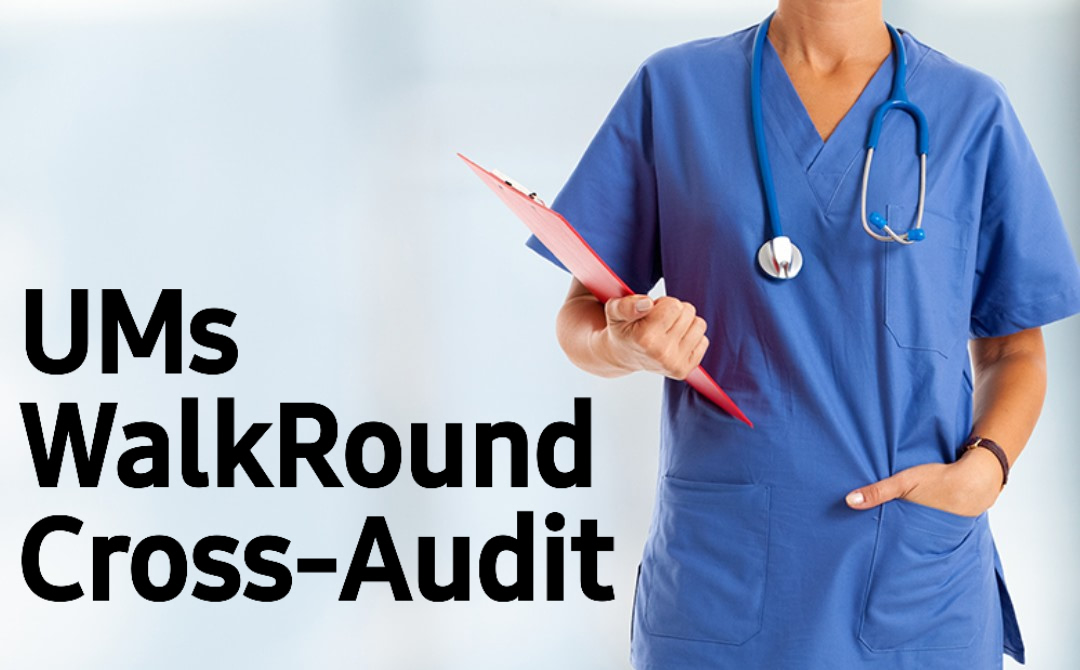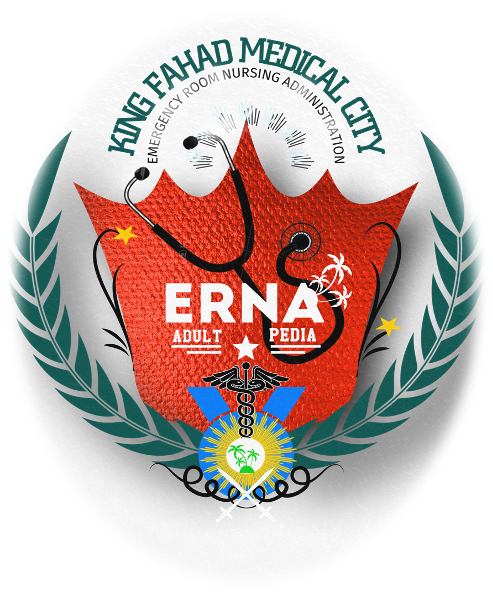Title Page
-
Unit conducted
-
Conducted on
-
Prepared by
ERNA Gemba Walkround
Patient Confidentiality
-
No patient personal information in public; Station and Computer
-
Patient is covered during transportation
Infection Control
-
Regular and infectious waste disposed in appropriate containers. Not overfilled
-
Sharp containers should be tightly closed/sealed at 3/4 full
-
Sharps containers present in appropriate locations
-
Hand rub dispenser in every clinical room, patient waiting areas, near the elevators and at each sink available
-
Is there adequate PPE available?
-
Are people trained in the use of PPE?
-
Treatment trolleys are clean and organized
-
All the used linens and hamper bags are stored in soiled utility room
-
Food is stored and eaten in designated places
-
Spill kit available and updated
Facilities
-
Patient bathrooms have non-slippery surface. Door can be accessed if locked
-
Is adequate lighting in toilet?
-
Is the floor/area free from water?
-
Are doors locks are working?
-
Female and male toilet signs are clear?
-
Waiting areas are separately identified with male and female and organized
MSDS Checklist
-
MSDS folder available in the area
-
List of staff who have competency checkoff
-
CPP: Emergency Hazardous Material Spill Management updated in the folder
-
PPE must be available in the MSDS area
-
HAZMAT area must be separated from other areas of the facility
-
Proper labeling according to hazard rating classification.(Diamond sticker)
-
Safety (officer) contact number visible for any suspected or witnessed release of a hazardous material to the environment
Linen (DPP: 30501 /125/30 Ns Patient Linen Management – Nurses Role)
-
A minimum/maximum level for linen requirement per unit is established and should be adhered to
-
Fresh/clean linen is to be stored separate from dirty/used linen
-
Clean linen store is to be secured and preferably locked
-
Problems with amounts, availability or quality are to be documented on a Linen Problem log and followed-up
-
Daily linen monitoring sheet updated and completed
Medication (DPP: 30501-106-30 NS Medication Management – Ordering and Storage)
-
Narcotic cupboard double locked
-
Expiry date of stock (included in medication fridge) noted every week
-
Medication room temperature and humidity are monitored and recorded
-
Medication refrigerator temperature maintained 2 to 8 degree °C and recorded
-
No food etc in medication fridge
-
Medication storage areas (room and cart) locked (except when in use)
-
Cassettes are properly labelled with the patient's name of medication and expiry date
-
Medication preparation area is clean, good lighting and closed
-
Updated stock medication list
-
Drug Formulary
-
Approved Abbreviations list /Floor Stock medication policy available
-
Externally and internally used products separated
-
Any product used on patient (external/internal) to be labelled with date when opened
-
Proper removal of medication waste
-
LASA and HAM poster updated.
Refrigerators (DPP:0501-034-1432 NS Food and Medication Storage In Unit/Ward Refrigerators)
-
Food refrigerator temperatures per shift maintained 0-5 °C and recorded
Medical Equipment
-
Clinical Equipment (Biomed): Clean
-
All equipment has label
-
Last service date (PPM)
-
Next service date (PPM)
-
Tag if out of order equipment
-
Manufacturer's instructions available
-
List of biomedical equipment inventory is accessible
-
Oxygen tanks are stored in appropriate holders
-
Keep oxygen tank out of entrance ways and walkways
-
Empty cylinders separate from full
-
Daily room check list is updated and maintained
POCT
-
Control solutions labelled with date of opening and in date
-
POCT Consumables stored in accordance to PCLM recommendations
-
QC done and results recorded daily
-
POCT (Glucose, urine, pregnancy test, etc) competencies list is updated
Emergency Contacts
-
Station/telephones (either poster or label on phone): Emergency: X 22222
-
Color code emergencies posted
-
Radiation safety officer name and contact details
-
KFMC safety officer name and contact details
Office/Computer
-
Reference manuals;
-
Read and sign folder (Polices updated)
-
Infection control Manual
-
Disaster plans and manuals
-
Safety/Equipment manual
-
Lab guidelines
-
Quality Board – Location/Contents
Staff Knowledge
-
Verbalized and performed correct Patient identification
-
Verbalized and performed correct Medication Administration (includes patient ID Scanning and BCMA Scanning)
-
Verbalized and performed correct blood and blood product administrations as per policy
-
Verbalized the Department - Nursing Performance Indicators
-
Verbalized correct procedures for the patient procedural without sedation
-
Other related questions (please write the questions)











